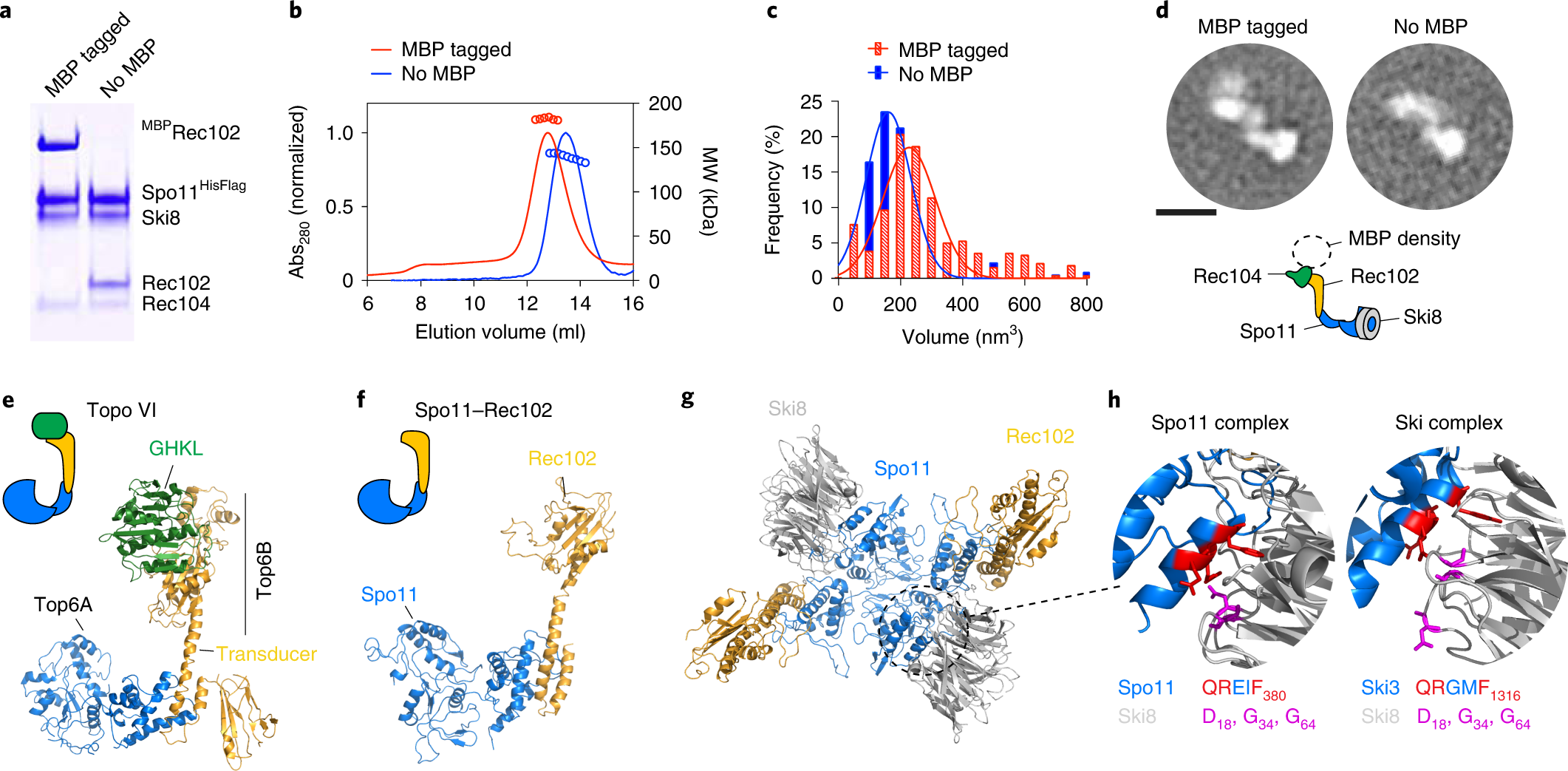
In addition, due to their aniso-tropic magnetic and optical properties, hemozoin crystals have been considered as potential targets for magneto optical diagnosis, offering an alter-native to the standard bright field microscopy. The digestion of hemoglo-bin by all Plasmodium species results in the accumu-lation of a micro- crystalline metabolic bypro-duct, called hemozoin, leading to morphological changes of the infected RBCs. This so-called intra- erythrocytic cycle has been the subject of intense research because it causes the main clinical symptoms and is the major target of antimalarial treatment and diagnostics. Subse-quently they multiply, burst out of the host cell and begin the next cycle by invading new RBCs. The parasites then mature into rings, trophozoites and finally to schizonts. Following the liver stage, an asexual cycle of the parasites takes place in the blood stream: RBCs are invaded by merozoites. The protist is transmitted into the human body by mosquito bite. falciparum is the most widespread and mainly responsible for severe malaria. Five species of the Plasmodium genus cause human malaria infection, among which P. IntroductionĮvery year, more than 200 million people are infected with malaria. Malaria articles Plasmodium falciparum articles Atomic force microscopy articles Total internal reflection fluorescence microscopy articles Red blood cells articles Article Details AbbreviationsĪFM – Atomic force microscopy BFM – Bright field microscopy PCR – Polymerase Chain Reaction RBC – Red blood cell TIRF – Total internal reflection fluorescence 1. Malaria Plasmodium falciparum Atomic force microscopy Total internal reflection fluorescence microscopy Red blood cells Furthermore, we found that hemozoin crystals exhibit a strong optical contrast, possibly due to the quen-ching of fluorescence, which can be used to locate hemozoin crystals within the RBCs and following their growth. We established diagnostic patterns characteristic to the parasite stages based on the topographical profile of infected RBCs, which show close correlation with their TIRF map. This multifaceted imaging approach allows to reveal structure–function relations via correlations of the parasite maturation with morphological and fluore-scence properties of the host RBCs. In order to precisely trace such changes, we performed a thorough imaging study of RBCs infected by Plasmo-dium falciparum, by using atomic force microscopy (AFM) and total internal reflection fluorescence microscopy (TIRF), supplemented with bright field microscopy (BFM) for stage assignment. Exploring the structural and functional changes of the parasite through the intra-erythrocytic stages and their impact on red blood cells (RBCs) is a cornerstone of antimalarial drug development.

IGOR PRO 6 MFP 3D BIO MANUAL PDF
View / Download Pdf Share at Facebook AbstractĪddressing the challenge of efficient malaria treatment requires in-depth understanding of the parasite maturation during the intra- erythrocytic cycle.

Journal of Biotechnology and Biomedicine 4 (2021): 132-146. Stage-Dependent Topographical and Optical Properties of Plasmodium Falciparum-Infected Red Blood Cells. Received: 04 August 2021 Accepted: 09 August 2021 Published: 08 September 2021Ĭitation: Katharina Preißinger, Petra Molnar, Beata Vertessy, Istvan Kezsmarki, Miklos Kellermayer. *Corresponding Author: Katharina Preißinger, Department of Experimental Physics V, University of Augsburg, 86159 Augsburg, Germany

Katharina Preißinger 1,2,3,4*, Petra Molnar 1,2,3, Beata Vertessy 1,2, Istvan Kezsmarki 3,4, Miklos Kellermayer 5ġDepartment of Applied Biotechnology and Food Sciences, BME, 1111 Budapest, HungaryĢInstitute of Enzymology, research Center for Natural Sciences, 1111 Budapest, HungaryģDepartment of Physics, BME, 1111 Budapest, HungaryĤDepartment of Experimental Physics V, University of Augsburg, 86159 Augsburg, GermanyĥDepartment of Biophysics and Radiation Biology, Semmelweis University, 1111 Budapest, Hungary Stage-Dependent Topographical and Optical Properties of Plasmodium Falciparum-Infected Red Blood Cells Article Information


 0 kommentar(er)
0 kommentar(er)
